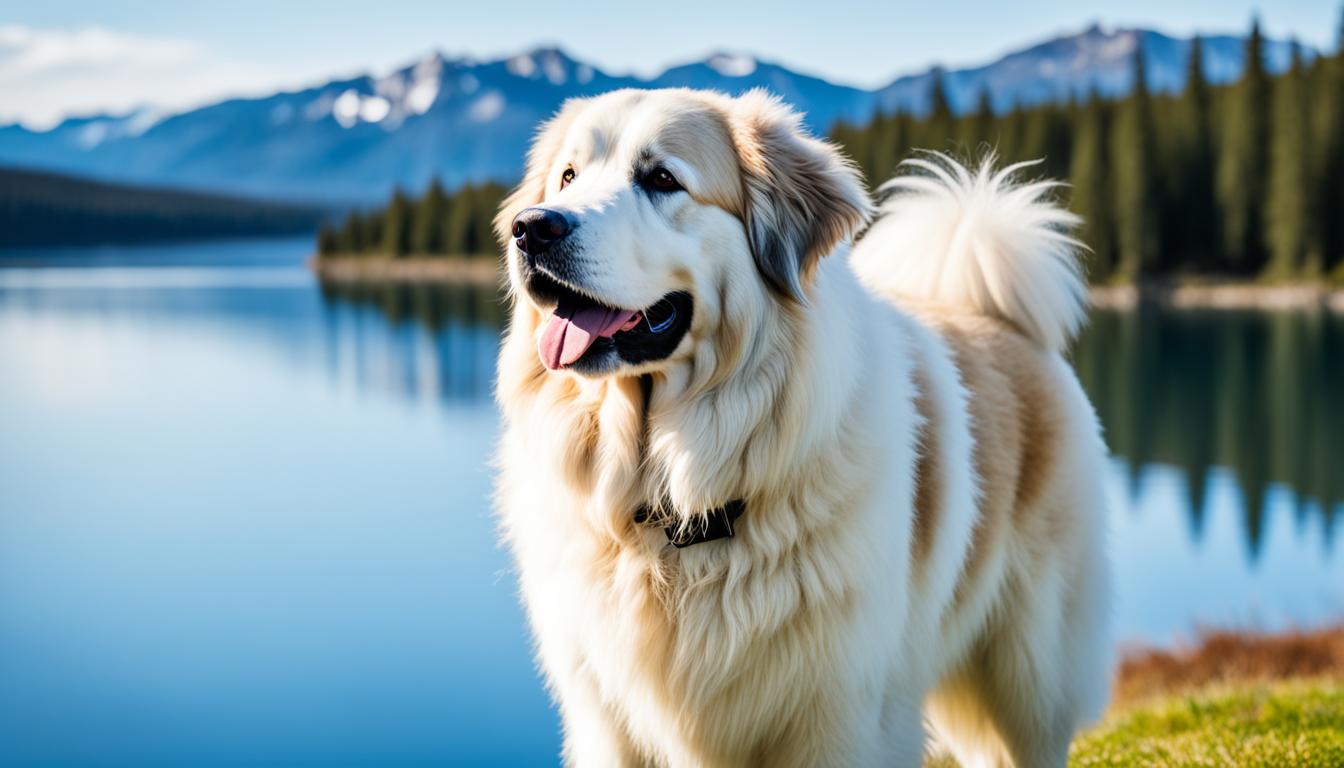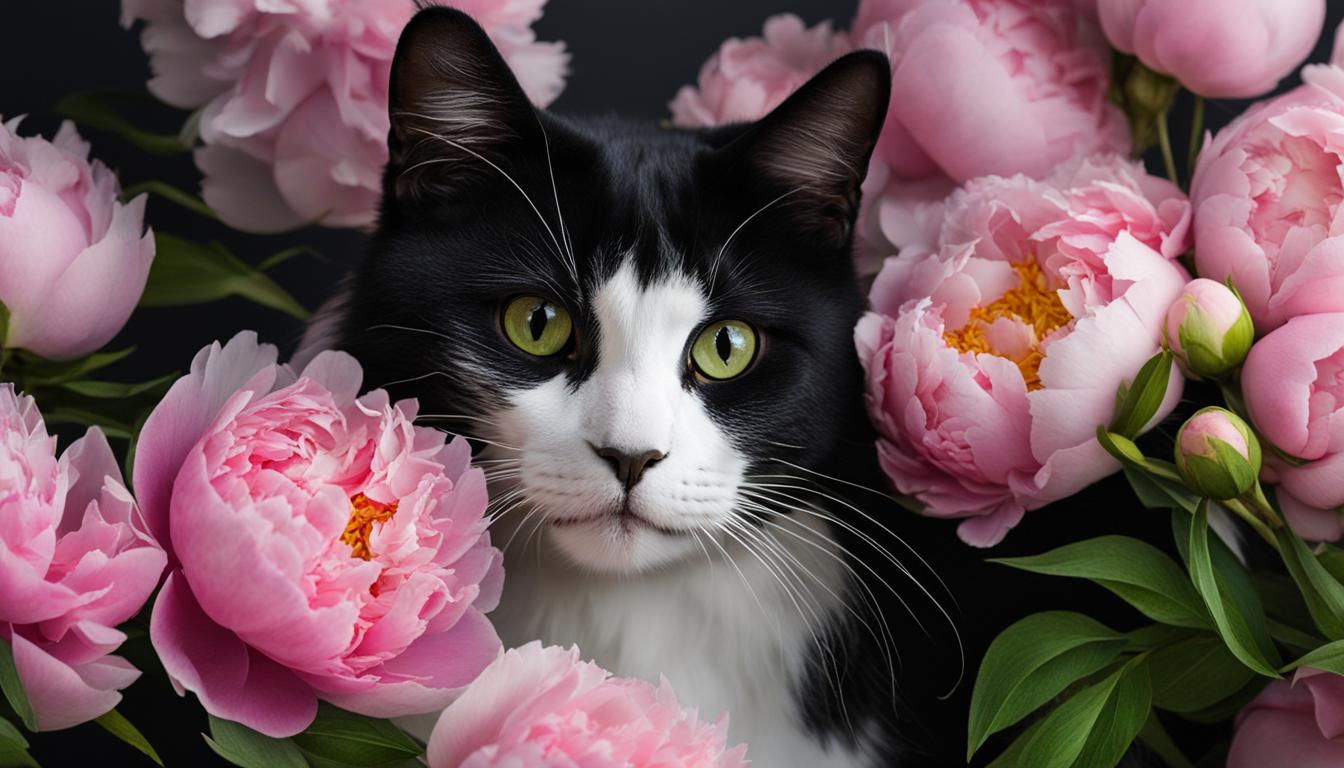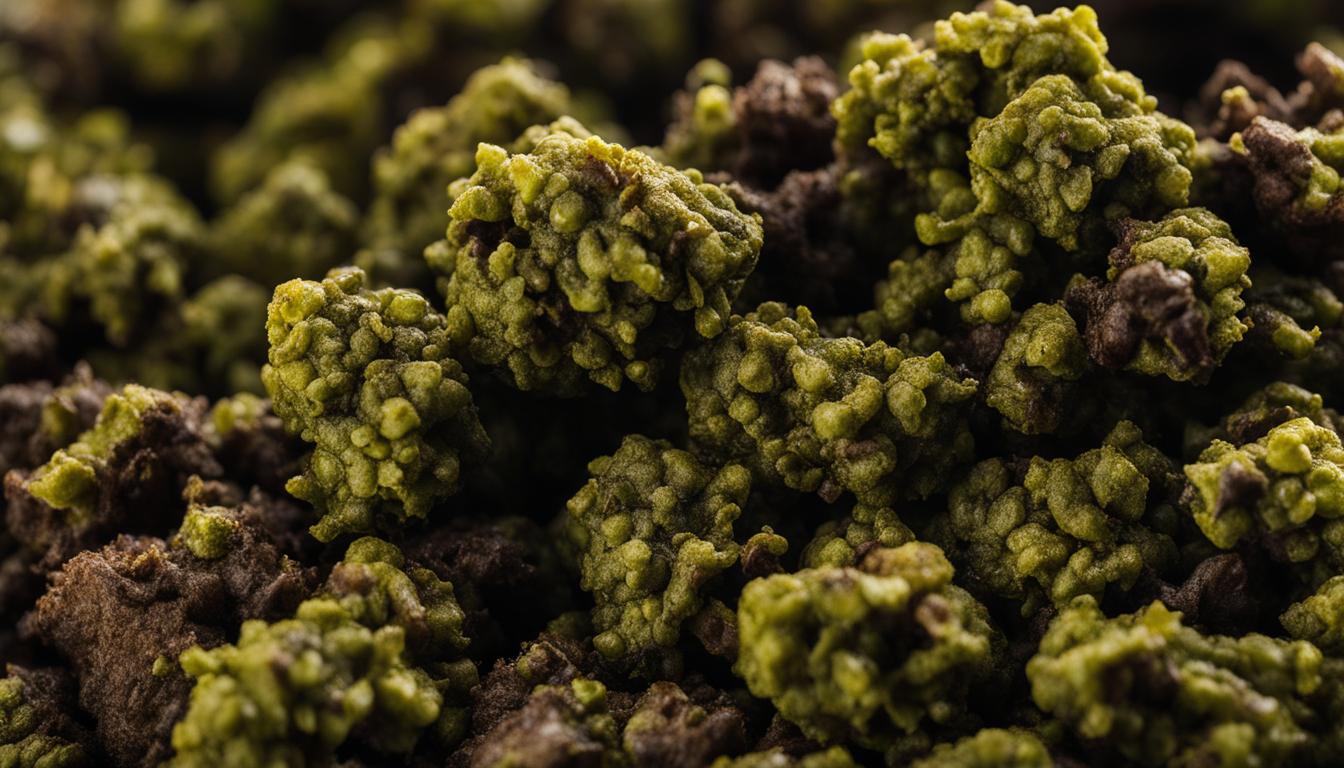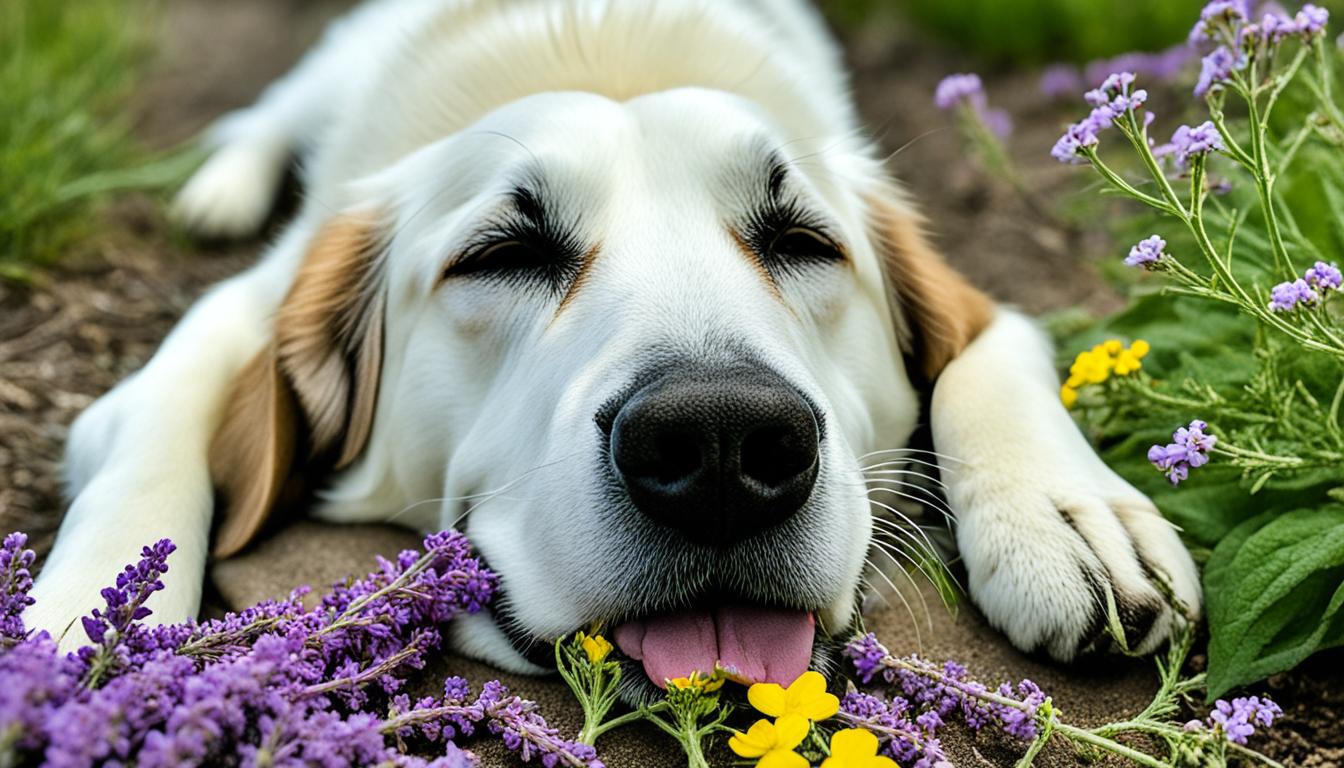Understanding the Puli Breed
Before considering Puli dog adoption, it’s important to have a comprehensive understanding of the Puli breed. This section will cover the physical characteristics of the Puli and the lifespan and health considerations associated with this unique breed.
Physical Characteristics
The Puli is a distinctive breed known for its unique coat. These dogs have a long, corded coat that forms tight, wool-like cords. The cords can come in various colors, including solid black, rusty black, gray, and white. The Puli is a medium-sized dog, typically standing 16–17 inches tall at the withers and weighing between 25–35 pounds (PetMD).
Lifespan and Health Considerations
Pulik are generally a healthy breed with a lifespan of 10–15 years (PetMD). However, like any breed, they can be prone to certain health conditions. It’s important for potential Puli owners to be aware of these potential health issues.
Some common health conditions that may affect Pulik include:
- Hip dysplasia: a condition where the hip joint does not develop properly, leading to joint instability and potential pain or mobility issues.
- Patellar luxation: a condition where the kneecap (patella) may slip out of place, causing discomfort or lameness.
- Progressive retinal atrophy (PRA): a degenerative eye disease that can lead to vision loss or blindness.
- Degenerative myelopathy: a progressive spinal cord disease that can result in hind limb weakness and paralysis.
Regular veterinary check-ups, a balanced diet, and proper exercise can help maintain the health and well-being of your Puli. When considering adoption, it is advisable to inquire about the health history of the Puli and any health clearances that the parents may have.
To ensure the overall well-being of your Puli, it’s essential to establish a good relationship with a reputable veterinarian who can provide guidance on preventive care, vaccinations, and regular health monitoring.
By understanding the physical characteristics and health considerations of the Puli breed, potential Puli owners can make informed decisions and provide the necessary care for their furry companions.
Owning a Puli
When considering Puli dog adoption, it’s important to understand the responsibilities and requirements of owning this unique breed. Pulis have specific grooming needs, exercise and training requirements, as well as distinct temperament and behavior traits.
Grooming Requirements
Grooming is a significant aspect of Puli ownership. Their distinctive corded coat requires regular maintenance to keep it healthy and tangle-free. According to PetMD, Pulik need daily grooming to manage their cords. The dense corded coat can cause them to overheat, so it’s crucial to be cautious during hot weather and ensure they always have access to fresh water and shade.
There are different approaches to grooming a Puli’s coat. Some owners choose to brush out the cords, while others maintain a shorter, trimmed coat. The cords need to be regularly separated if the coat is corded. Bathing a Puli is a time-consuming process, and drying can take up to one day. It’s essential to establish a grooming routine and seek professional help if needed.
Exercise and Training Needs
Pulis are energetic and intelligent dogs that require daily exercise and mental stimulation. Regular physical activity is vital for their overall well-being and helps prevent behavioral issues that may arise from pent-up energy. According to Petfinder, Pulis are full of bouncing energy, busy, and curious. They benefit from daily exercise, such as walks, playtime, and interactive toys that engage their minds.
Training is also crucial for Pulis. Their intelligence and assertive nature require consistent and firm leadership. They respond well to positive reinforcement training methods, but it’s recommended to attend obedience classes beyond the beginner’s level (Your Purebred Puppy). Additionally, participating in activities like agility training and herding can provide mental stimulation and help channel their energy in a productive way.
Temperament and Behavior
Pulis have distinct temperament and behavior traits that potential owners should be aware of. They are smart, headstrong, and assertive dogs. They are alert, watchful, and tend to bark a lot, making them excellent watchdogs (Petfinder). Pulis have an “in your face” personality and are accustomed to making their own decisions. As a result, they require experienced owners who can provide firm leadership and consistent rules to control their behavior (Your Purebred Puppy).
Careful introduction to other dogs may be necessary for Pulis, as they can be wary of unfamiliar canines. Early socialization is essential to ensure they become well-rounded and well-behaved dogs. By exposing them to various people, animals, and environments from a young age, you can help them develop into confident and friendly companions.
Understanding the grooming requirements, exercise and training needs, as well as the temperament and behavior of a Puli, is crucial before bringing one into your home. By providing proper care, training, and attention, you can ensure a harmonious and fulfilling relationship with your Puli companion.
Acquiring a Puli
When considering Puli dog adoption, there are a few important factors to keep in mind. This section will explore the options of breeder adoption versus rescue adoption, as well as the cost considerations and responsible ownership associated with acquiring a Puli.
Breeder vs. Rescue Adoption
When looking to adopt a Puli, you have the choice between obtaining a puppy from a reputable breeder or adopting one from a rescue organization. Both options have their own advantages and considerations.
Breeder Adoption: Purchasing a Puli puppy from a responsible breeder ensures that you can obtain a dog with a known lineage and health history. Breeders who are members of recognized breed clubs work to maintain the breed’s standards and are knowledgeable about the Puli’s temperament and genetic predispositions. However, it’s important to research and choose a reputable breeder who prioritizes the health and well-being of their dogs. You can find a list of reputable breeders through the Puli Dog Club of America.
Rescue Adoption: Puli rescue organizations also provide an opportunity to adopt a Puli and give a loving home to a dog in need. Rescue adoption allows you to provide a second chance for a Puli that may have been abandoned or surrendered. When adopting from a rescue, you may have less information about the dog’s background, but the organization will typically conduct home visits and assessments to ensure a suitable match between the dog and the potential owner. You can find Puli rescue organizations through resources such as Puli Club of America.
Cost Considerations
The cost of acquiring a Puli can vary depending on whether you choose breeder adoption or rescue adoption. Purchasing a Puli puppy from a breeder can cost between $1,000 and $3,000, with dogs of certain lineage potentially commanding higher prices. It’s important to consider the financial commitment involved in caring for a Puli, including regular veterinary visits, grooming, food, and other supplies. Additionally, adopting a Puli from a rescue organization may involve an adoption fee that helps support the organization’s efforts in rescuing and caring for dogs.
Responsible Ownership
Owning a Puli requires responsible ownership and commitment to their specific needs. Pulik have an “in your face” personality and are known for being strong-willed and independent (Your Purebred Puppy). They thrive under firm leadership and consistent rules. Responsible ownership includes providing a safe and stimulating environment, regular exercise, proper nutrition, and socialization. It’s essential to be prepared for the time, effort, and resources required to care for a Puli throughout their lifespan.
Before adopting a Puli, rescue organizations often conduct home visits to ensure that the living environment and lifestyle of potential adopters are suitable for the particular dog. This assessment ensures that new pet parents have the necessary time, resources, and knowledge to provide for their pet’s needs. It’s important to note that some reasons for denying pet adoption may include concerns about the amount of time the dog will spend alone, lack of a fenced yard or small living space, owning several pets, being too young or too old, having young children at home, or current pets not being up-to-date on vaccinations or spayed/neutered (The Wildest).
By considering breeder adoption or rescue adoption, understanding the cost considerations, and committing to responsible ownership, you can make an informed decision and find the perfect Puli companion for your home.
Puli Care and Maintenance
Proper care and maintenance are essential for keeping your Puli happy and healthy. In this section, we will cover two important aspects of Puli care: coat care and management, and health monitoring and vet visits.
Coat Care and Management
The Puli is known for its unique corded coat, which requires regular grooming to keep it in good condition. The dense cords of the coat can become matted if not properly maintained, so it’s important to establish a regular grooming routine. According to PetMD, Pulik require daily grooming to manage their cords.
To care for your Puli’s coat, you can choose between brushing out the cords or keeping the coat trimmed or clipped short for easier maintenance. Brushing out the cords involves separating them regularly to prevent matting. This process can be time-consuming, so it’s important to set aside dedicated grooming time. If you opt for a shorter coat, regular trimming is necessary to maintain the desired length.
When grooming your Puli, it’s important to be gentle and patient. Use a slicker brush or comb designed for long-haired dogs to prevent tugging or discomfort. Be sure to check for any signs of skin irritation or infection during the grooming process. If you’re unsure about how to properly groom your Puli, consider seeking guidance from a professional groomer experienced with this breed.
During hot weather, it’s essential to monitor your Puli closely. The dense coat can cause them to overheat, so ensure they always have access to fresh water and shade. If necessary, you can trim their coat to a shorter length during warmer months to help keep them cool. However, consult with a professional groomer before making any significant changes to the coat.
Health Monitoring and Vet Visits
Regular health monitoring and veterinary visits are crucial for keeping your Puli in optimal health. As with any dog breed, Pulik are prone to certain health conditions that can be detected and managed with proper care.
It’s important to schedule regular check-ups with a veterinarian to monitor your Puli’s overall health. During these visits, the vet will assess your dog’s weight, dental health, and overall condition. They may also recommend vaccinations, parasite prevention, and other preventive measures to keep your Puli healthy.
In addition to routine check-ups, be vigilant in monitoring your Puli for any signs of discomfort or illness. Watch for changes in appetite, energy levels, behavior, or any unusual symptoms. If you notice anything concerning, consult with your veterinarian promptly.
Remember to follow your veterinarian’s recommendations for preventive care, including vaccinations, parasite control, and dental hygiene. Regular grooming sessions also provide an opportunity to check for any abnormalities, such as skin issues or lumps. Early detection and intervention can significantly improve the outcome for any potential health concerns.
By prioritizing coat care and management and staying proactive with health monitoring and vet visits, you can ensure that your Puli remains healthy and happy for years to come. For more information on the Puli breed, check out our sections on Understanding the Puli Breed and Owning a Puli.
Puli’s Historical Significance
The Puli breed holds a rich historical significance, with origins dating back centuries. Understanding the origins and development of the Puli provides valuable insights into the breed’s unique characteristics and role in herding and working.
Origins and Development
The exact origins of the Puli breed are a subject of debate. According to one theory, the Puli’s history can be traced back to the 9th century when the Magyars, a nomadic people from Siberia, brought these dogs to Hungary during their westward invasion (Wikipedia). Another theory suggests that the Puli may have been associated with the Cuman people, who migrated from Asia in 900 A.D. and originated near Tibet in Western China.
Over time, the Hungarian shepherds played a crucial role in refining the Puli breed. They paid meticulous attention to the proportions, size, and color of the herding Pulis, learning from the horsemen of the Hungarian Puszta about the structural aspects of conformation that resulted in dogs of endurance and speed. This selective breeding contributed to the development of the Puli’s distinctive characteristics, including its unique corded coat.
The Puli’s corded coat is a result of its environmental adaptation as it migrated through various regions with intense weather conditions and worked on the open plains of the Hungarian Puszta. This coat not only protected the dog against winter frost but also summer heat, without hindering its movement, which was crucial for its success as a sheepdog (Puli Club of America).
Role in Herding and Working
Throughout its history, the Puli has played a vital role as a herding dog. The breed’s agility and natural herding instincts made it an excellent companion for shepherds. The Puli’s black coat was particularly advantageous in a herding context, providing visibility among sheep and aiding in the smooth management of flocks.
The Puli’s contribution to herding extended to the Hungarian plains, where it demonstrated its endurance and speed. The medium-sized Pulik became the desired size for the traditional herding Puli, thanks to the efforts made to preserve and resurrect the breed in the early 1900s, after it had faced the risk of being lost due to interbreeding with the Pumi (Petfinder).
Today, while the Puli may not be as widely utilized for herding purposes, its historical significance as a skilled herding dog has left a lasting impact on the breed’s temperament, behavior, and physical attributes.
By understanding the historical origins and development of the Puli, prospective owners can appreciate the breed’s unique qualities and better understand how to integrate a Puli into their homes and lifestyles.
Integrating a Puli into Your Home
When bringing a Puli into your home, it’s important to ensure that your environment is well-suited to meet their needs. Additionally, proper socialization and training strategies are key to raising a well-behaved and happy Puli. Here are some considerations for integrating a Puli into your home.
Preparing Your Home Environment
Before bringing your Puli home, it’s essential to puppy-proof your living space. Puppies, in particular, are curious and may explore their surroundings by chewing or getting into things they shouldn’t. Ensure that hazardous items, such as chemicals and small objects, are safely stored out of reach. Secure any loose cords or wires to prevent potential accidents.
Creating a designated space for your Puli is also important. Provide a comfortable bed, water, and food bowls in an area of your home where they can retreat and relax. Consider setting up a crate or a safe space where your Puli can go for some downtime.
Socialization and Training Strategies
Socialization is crucial for a Puli to develop into a well-rounded and confident adult dog. Introduce your Puli to various people, animals, and environments from an early age. This helps them become accustomed to different stimuli and prevents them from becoming overly wary or sharp towards strangers. However, it’s important to note that extensive socialization is required to prevent the Puli from becoming too sharp.
Training a Puli requires a firm and consistent approach. They have a strong-willed nature and are accustomed to making their own decisions, so experienced ownership is recommended (Your Purebred Puppy). Enrolling your Puli in obedience classes beyond the beginner’s level can help reinforce their training and provide mental stimulation. Additionally, consider engaging in activities such as agility or herding, which can cater to their natural instincts and keep them physically active.
Lifestyle Adjustments
Integrating a Puli into your home may require some lifestyle adjustments. Pulis are an active and intelligent breed that thrives on mental and physical stimulation. Daily exercise is essential to keep them happy and prevent boredom-related behaviors. Plan for regular walks, playtime, and interactive toys to provide them with the physical and mental exercise they need.
Additionally, Pulis have a unique coat that requires regular maintenance. Depending on your preference, you can choose to brush out their cords, keep their coat trimmed, or opt for a shorter clip for easier maintenance (Your Purebred Puppy). Establishing a grooming routine early on will help keep their coat healthy and prevent matting.
By preparing your home environment, focusing on socialization and training, and making necessary lifestyle adjustments, you can successfully integrate a Puli into your family. Remember that Pulis are active, intelligent, and dedicated to their loved ones, making them a loyal and loving addition to your home (Hill’s Pet).








